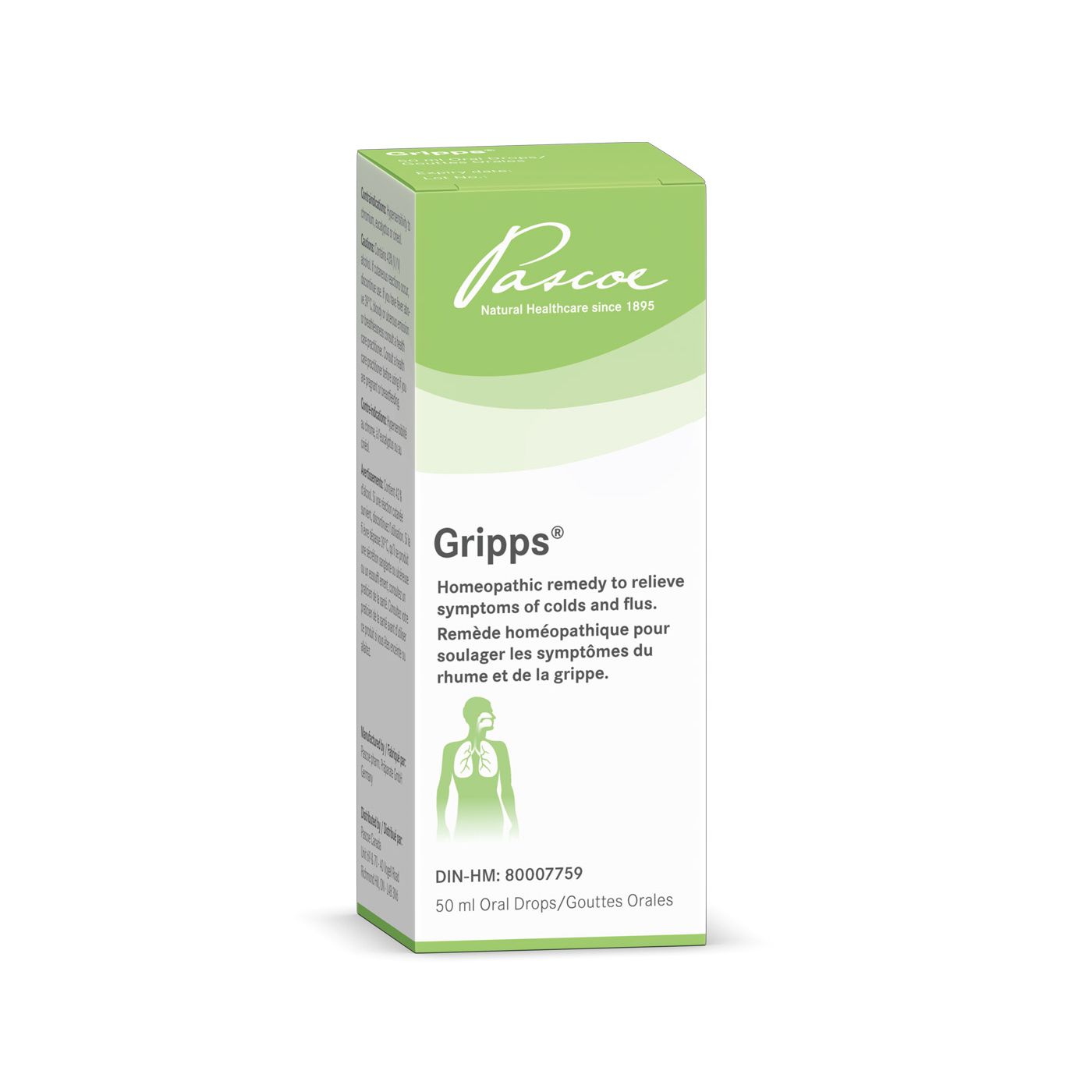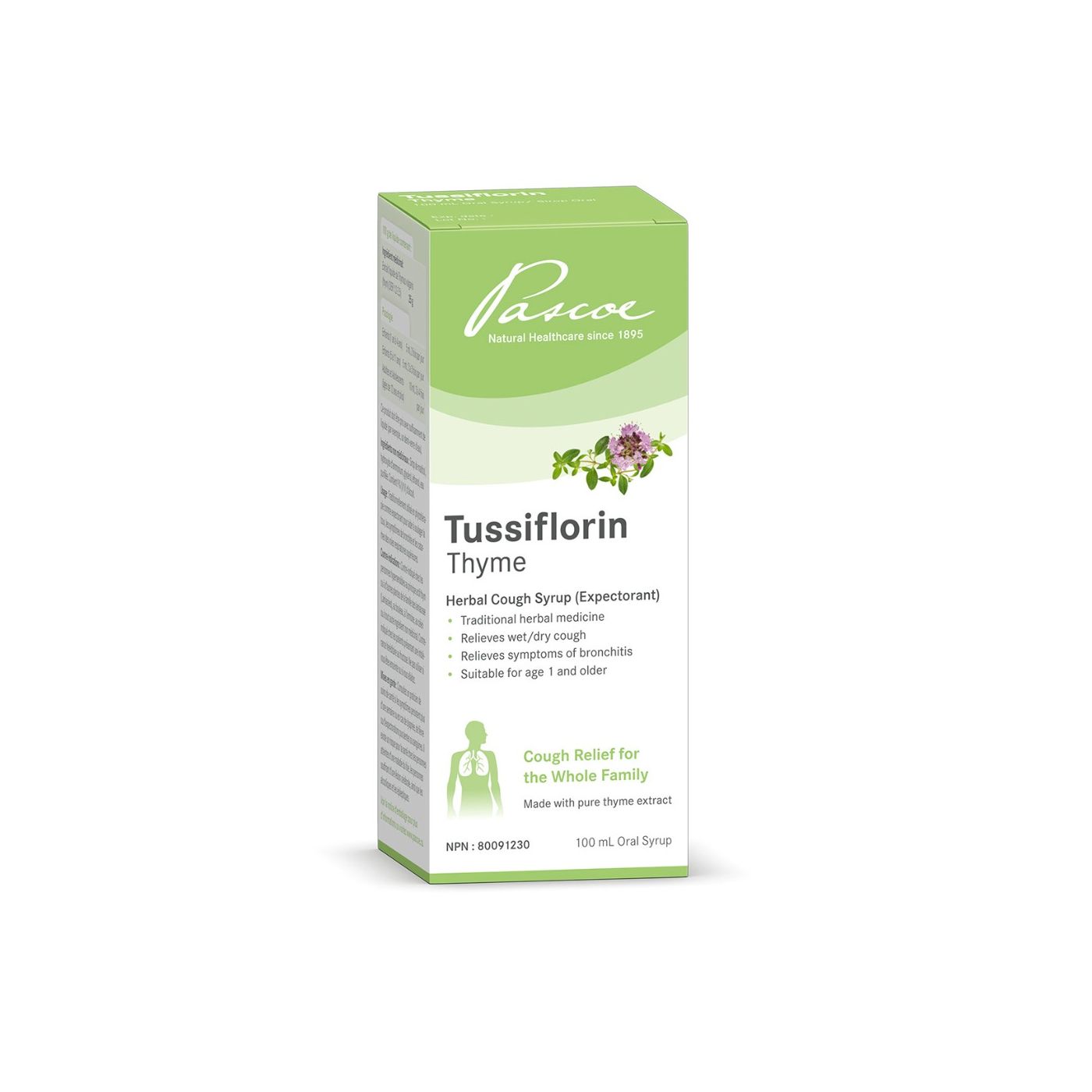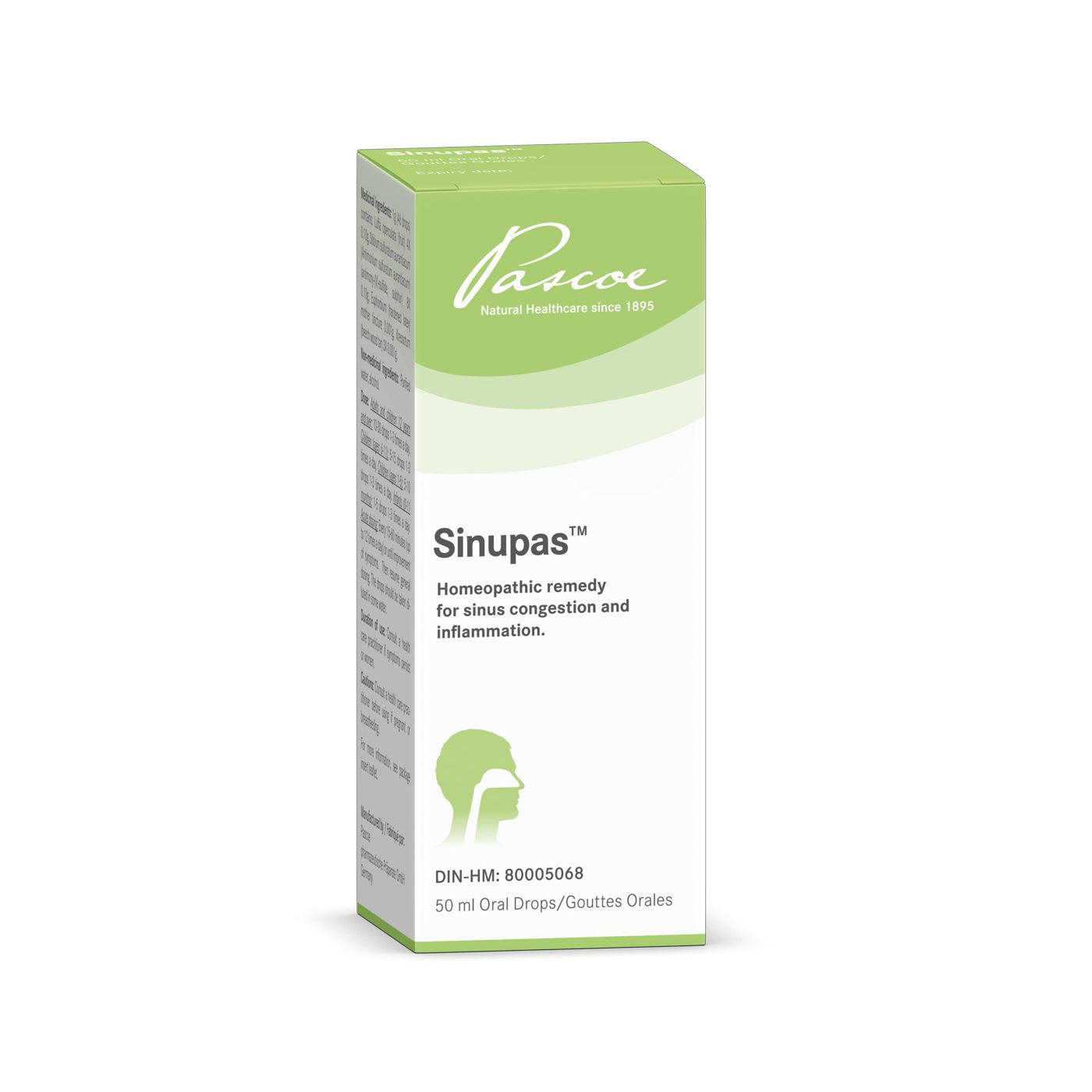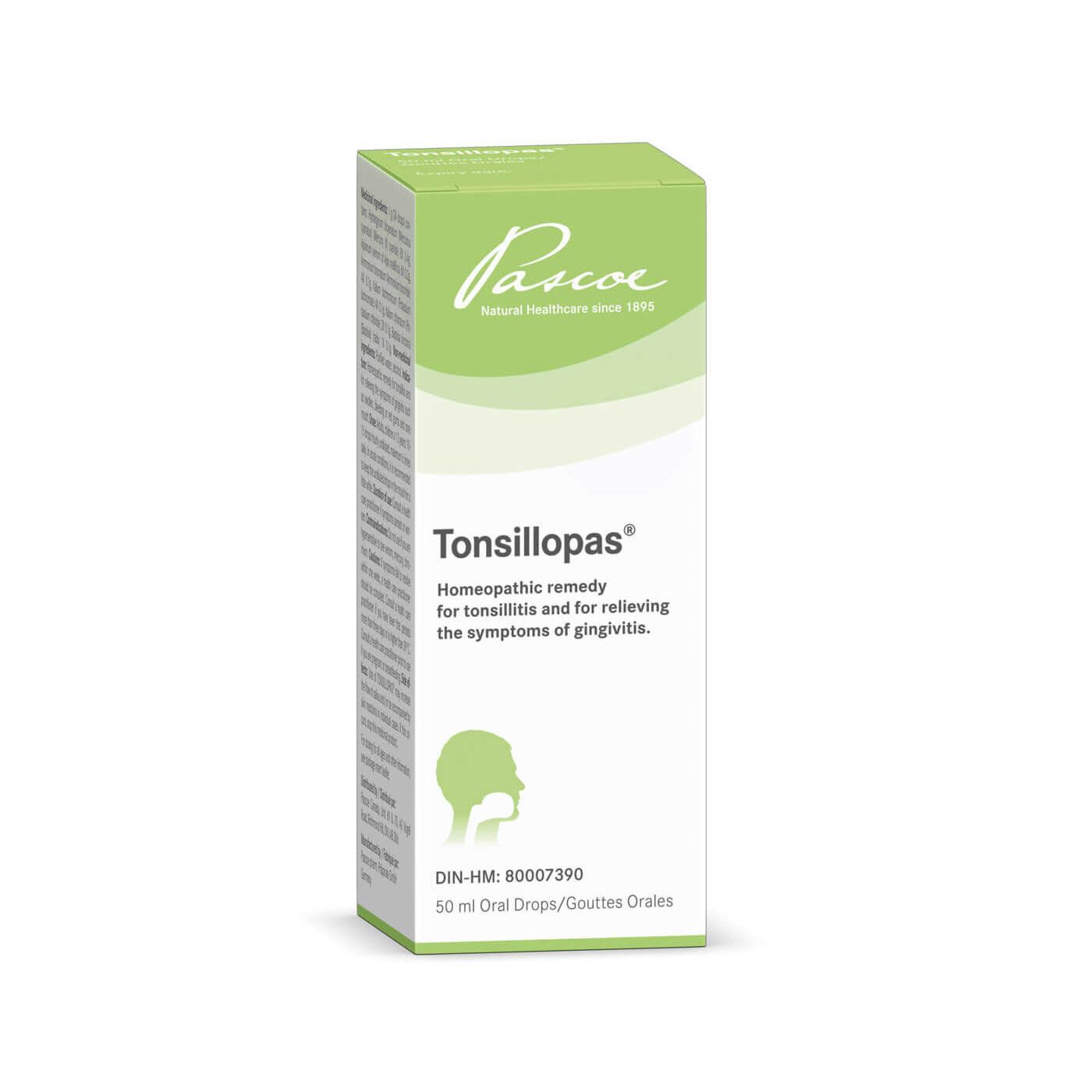Echinacea for Cold and Flu
Echinacea is a popular herb that originated in North America that has been used for medicinal purposes for centuries - and more popularly today for the common cold and flu.
Echinacea belongs to the flowering plants in the daisy family - Asteraceae. There are about 10 species of this plant, and some of the most popular are:
- Echinacea Angustifolia - also known as the narrow-leaved coneflower
- Echinacea pallida - also known as the pale purple coneflower
- Echinacea purpurea - also known as the purple coneflower, and the eastern purple coneflower
- Echinacea is widely used to fight infections, especially the common cold and flu.
Some people take echinacea as a preventive measure to avoid getting a cold, while others take it at the first sign of a cold, to prevent the cold from developing further. Others take echinacea after the cold or flu symptoms have started, in hopes of lessening the severity of the symptoms and ultimately resolving the cold or flu.
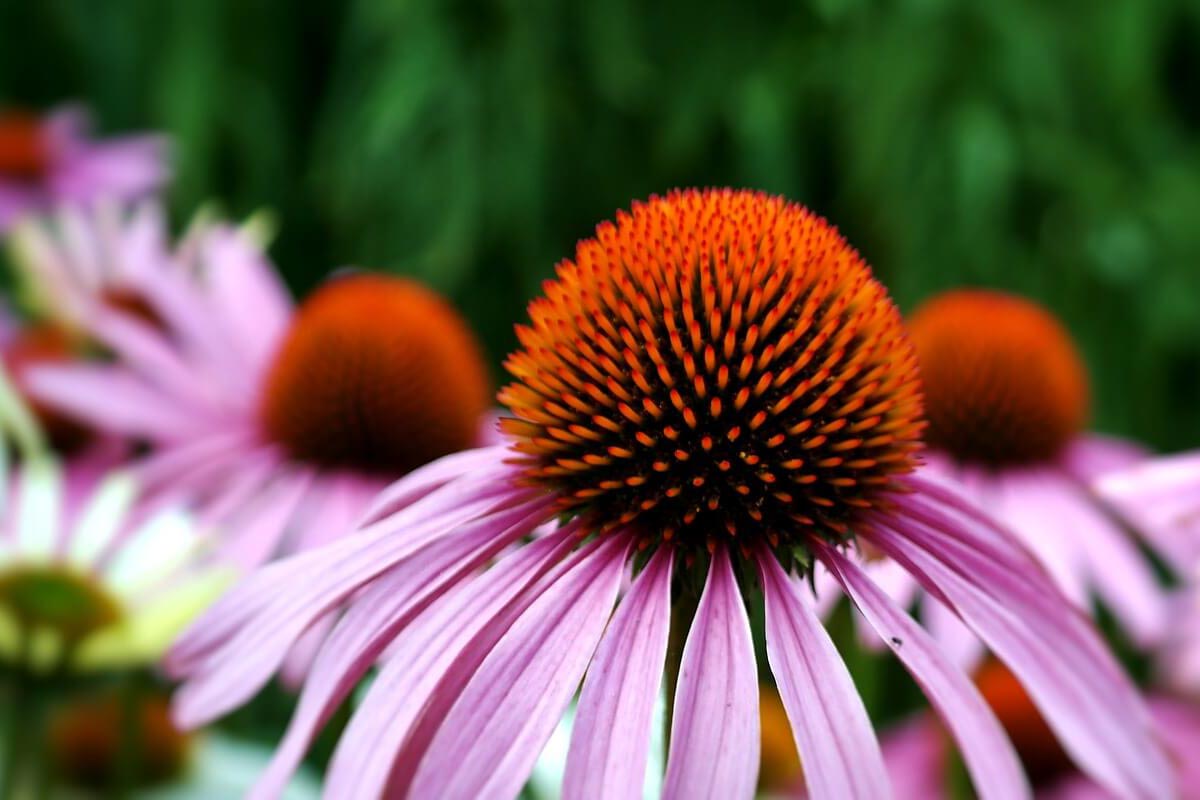

Echinacea is also used to fight other infections, including ear, throat and urinary tract infections. Echinacea is known to strengthen the immune system and prevent or reduce symptoms of colds, flu and some other illnesses, infections, and conditions, because of its antimicrobial and antioxidant properties.
Like many other plants, echinacea contains compounds called phenols. Phenols are active substances that control the activity of a range of enzymes and cell receptors, and protect the plant from infections and ultraviolet (UV) radiation damage. Phenols also have antioxidant properties, which may be good for human health. Also, this herbal remedy usually has no negative side effects.
How Does it Work?
Echinacea seems to activate chemicals in the body that decrease inflammation, which might reduce cold and flu symptoms. There have been many studies conducted to verify the effectiveness of echinacea for remedying the cold and flu. Some studies have shown that certain echinacea products can reduce symptoms of the common cold in adults or children 12 years of age and older. And some studies have shown that taking this herb can reduce the risk of catching a cold by up to 58% and reducing its duration by 1-4 days.
Other studies have shown that echinacea is only effective in easing the symptoms of a cold or flu after they are already present. The problem is that scientific studies have used different types of echinacea plants and different methods of preparation. Because there is inconsistency in the products studied, it is not surprising that different studies show different results.
Benefits of Taking Echinacea
It may help prevent a common cold - take it at the onset of cold and flu season as prevention
It may suspend the symptoms of a common cold - take it at the first signs of a cold or flu
It may reduce the duration of a common cold - take it when sick to nip it in the bud!
How to Take It
There are many different ways you can take echinacea to treat your cold, flu, sore throat, etc. It is available in herbal remedies such as supplements, tinctures, drops, tabs, and others. Although it is believed to be safe for most people, check with your healthcare practitioner to ensure that it is safe for you.



